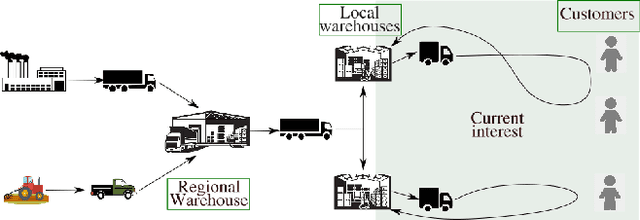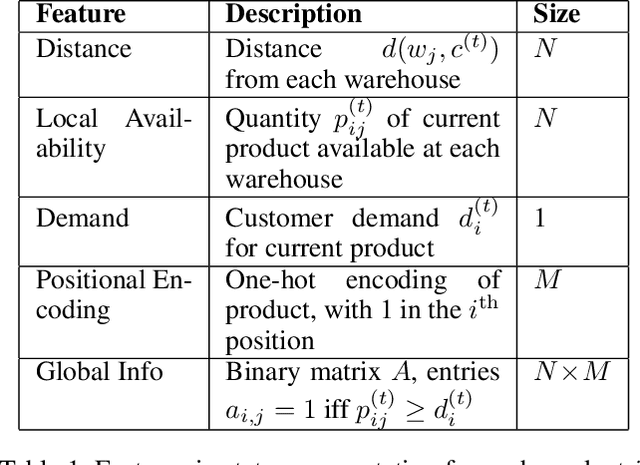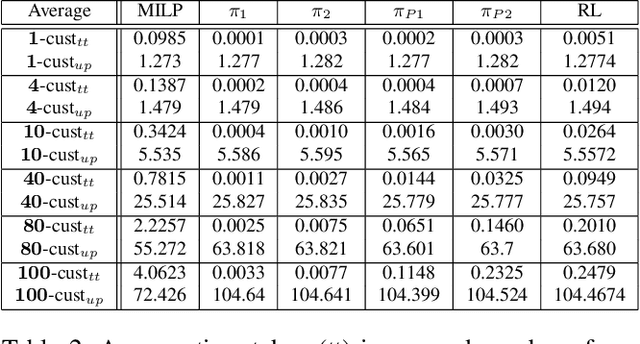Dheeraj Shah
Making forecasting self-learning and adaptive -- Pilot forecasting rack
Jun 12, 2023Abstract:Retail sales and price projections are typically based on time series forecasting. For some product categories, the accuracy of demand forecasts achieved is low, negatively impacting inventory, transport, and replenishment planning. This paper presents our findings based on a proactive pilot exercise to explore ways to help retailers to improve forecast accuracy for such product categories. We evaluated opportunities for algorithmic interventions to improve forecast accuracy based on a sample product category, Knitwear. The Knitwear product category has a current demand forecast accuracy from non-AI models in the range of 60%. We explored how to improve the forecast accuracy using a rack approach. To generate forecasts, our decision model dynamically selects the best algorithm from an algorithm rack based on performance for a given state and context. Outcomes from our AI/ML forecasting model built using advanced feature engineering show an increase in the accuracy of demand forecast for Knitwear product category by 20%, taking the overall accuracy to 80%. Because our rack comprises algorithms that cater to a range of customer data sets, the forecasting model can be easily tailored for specific customer contexts.
Learning to Minimize Cost-to-Serve for Multi-Node Multi-Product Order Fulfilment in Electronic Commerce
Dec 16, 2021



Abstract:We describe a novel decision-making problem developed in response to the demands of retail electronic commerce (e-commerce). While working with logistics and retail industry business collaborators, we found that the cost of delivery of products from the most opportune node in the supply chain (a quantity called the cost-to-serve or CTS) is a key challenge. The large scale, high stochasticity, and large geographical spread of e-commerce supply chains make this setting ideal for a carefully designed data-driven decision-making algorithm. In this preliminary work, we focus on the specific subproblem of delivering multiple products in arbitrary quantities from any warehouse to multiple customers in each time period. We compare the relative performance and computational efficiency of several baselines, including heuristics and mixed-integer linear programming. We show that a reinforcement learning based algorithm is competitive with these policies, with the potential of efficient scale-up in the real world.
 Add to Chrome
Add to Chrome Add to Firefox
Add to Firefox Add to Edge
Add to Edge